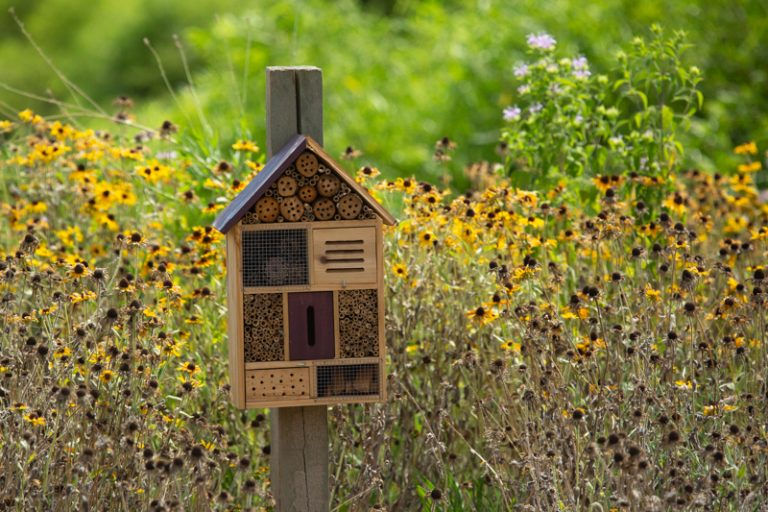10 Amazing Bumblebee Facts
- David Burrows

- Nov 21, 2023
- 2 min read
Updated: Dec 31, 2023
Bumblebees are fascinating creatures. They are the most efficient pollinators. According to physics, they can’t fly. And that’s just the beginning! Here are 10 more amazing facts that highlight their unique characteristics and behaviors:

Flight and Wing Beats:
Bumblebees are capable of flying at altitudes higher than Mount Everest – that’s over 29,000 feet! Their wings move at around 200 beats per second, allowing them to hover and even fly backward.
Large Bodies, Small Wings:
According to the principles of aerodynamics, bumblebees should not be able to fly because their bodies are too large for their wings. However, they are adept flyers due to the way they move their wings.
The G.O.A.T. of Pollination: Bumblebees are highly effective pollinators and are crucial for the pollination of many crops, including tomatoes, peppers, and blueberries.
Unlike honeybees, bumblebees can pollinate certain plants by using a technique called "buzz pollination," where they vibrate their bodies at a specific frequency to release pollen from flowers.

Unique Communication:
Bumblebees communicate with each other through a combination of visual signals and pheromones. They perform elaborate dances to communicate the location of food sources to other members of the colony. They even mark flowers they’ve visited with their unique scent so they know to tic it off the pollination list!
Size Matters: Bumblebee colonies are relatively small compared to honeybee colonies, typically consisting of a few hundred individuals. The colonies are annual, with only the queen overwintering and starting a new colony in the spring. She usually hibernates in fallen leaves, or in tree openings, or rocks.
Thermoregulation is a thing:
Bumblebees can regulate their body temperature to some extent. By shivering their flight muscles, they can warm up and become active even in cooler temperatures.
Long Proboscis:
Bumblebees have long proboscises (tongues) that allow them to reach nectar in deep flowers. This adaptation enables them to access nectar sources that shorter-tongued insects cannot reach.
Varied Species:
There are over 250 species of bumblebees, and they are found primarily in the Northern Hemisphere. They vary in size, color, and behavior. In the U.S., we’ve lost over a dozen species due to environmental loss, pesticides, and other factors.

Humble Bumble: Bumblebees are generally non-aggressive and will only sting if they feel threatened. Since they don’t actively work to protect the queen or honey, they spend most of their time foraging. However, unlike honeybees, their stingers are not barbed, so they can sting repeatedly - ouch.
Short Lifespan or YOLO:
Individual bumblebees have relatively short lifespans, typically only a few weeks. However, the colony as a whole can persist through a season, with new generations emerging.
Understanding just how cool bumblebees are helps us to appreciate their important ecological contributions and the intricate behaviors that add to their survival and the well-being of various ecosystems. #savethebees! Help Arkearth save bumblebees by making a donation or purchase today!



Comments